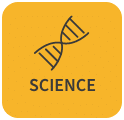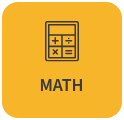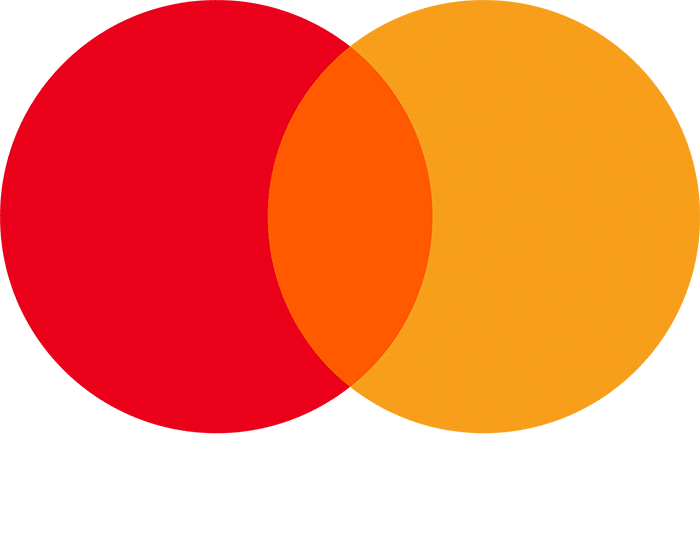Other Spacecraft
Vocabulary
Read the vocabulary terms to understand the reading better.
Artificial Satellites
An artificial satellite is a human-made object that orbits around Earth or the Moon.
ISS (International Space Station)
The ISS (International Space Station) is a very large satellite that orbits around Earth and is home to astronauts as they conduct experiments and explore space; many countries worked together to build it and use it.
Rovers
Rovers are vehicles for exploring the surface of a planet or moon.
Satellite
A satellite is a device sent into space to orbit around Earth and is used to collect information or for communications, such as sending TV and radio signals.
Space Probe
A space probe is a spacecraft that carries equipment, but not people, and is used to explore objects or conditions in space.
Space Shuttles
Space shuttles are winged spacecraft that are used in space, then used to control the speed and direction at which the spacecraft comes back to Earth and lands.
Space travel began with a satellite called Sputnik (Russian for “travelling companion”). This satellite was launched in 1957. It provided information about Earth’s atmosphere. Today there are about 3000 satellites orbiting Earth. They carry equipment that connects phones, television, and the Internet. Some satellites watch the weather, some send data to GPS units, others take pictures of Earth and the stars. One big satellite is a telescope.
Today there are about 3000 satellites orbiting Earth.
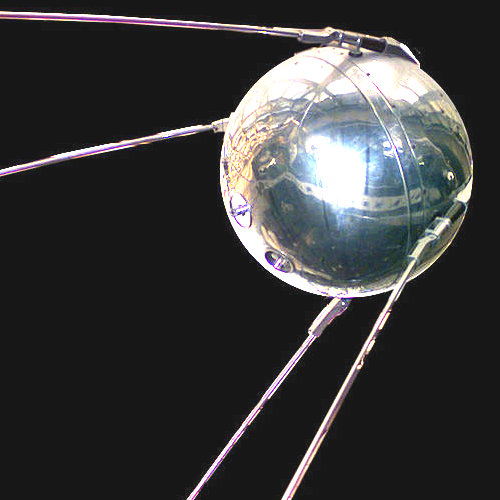
Probes
The space probe Pioneer 10 was launched in 1972. It was the first spacecraft to fly close to Jupiter. The probe sent back the first close-up images of Jupiter, then continued out of our solar system. Pioneer 10’s last signal was received in 2003. The probe is on a 2-million-year journey to a star.
Some probes land on planets. Probes such as rovers move, but stationary landers do not move. In 1997, the rover Sojourner landed on Mars and became the first rover to land on another planet. For more than two months, it sent back images of Mars. It also sent information about chemicals in the rocks and soil, and about the weather on the red planet.
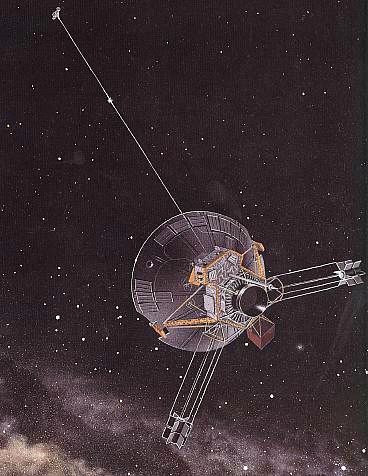
Space Telescopes
Space telescopes are another way scientists can learn about the solar system. The Hubble Telescope was launched into orbit around Earth in 1990. The telescope has beamed back information about the universe’s past and future. Hubble takes clearer pictures than a telescope on Earth because there is no atmosphere in space to warp the image. This telescope is solar powered and can be repaired in space.
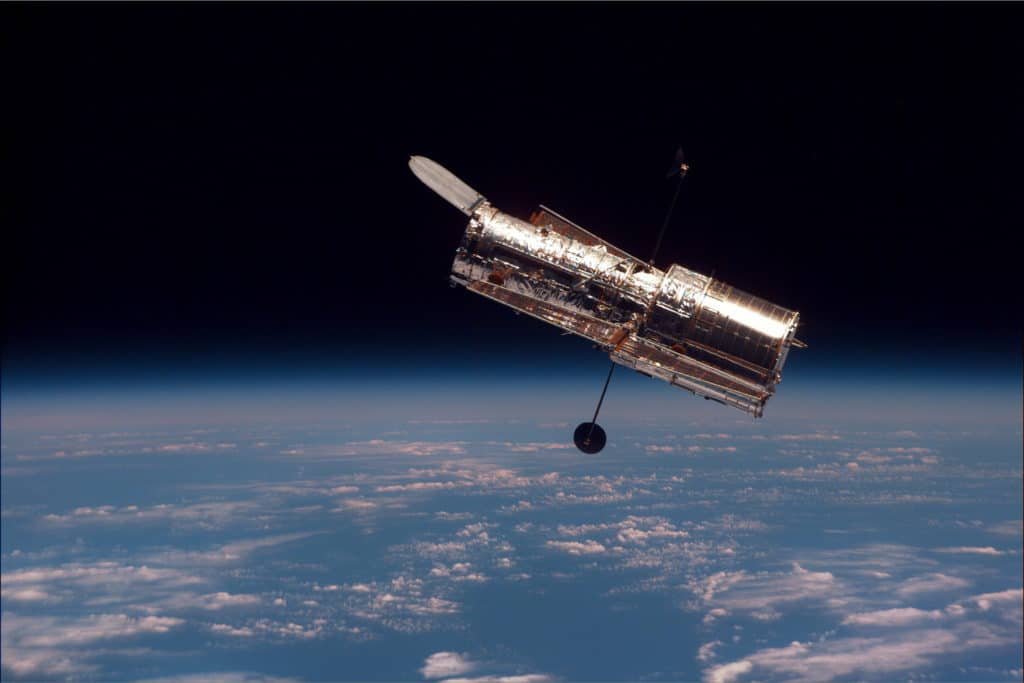
International Space Station (ISS)
This is the largest and most expensive spacecraft ever built. The space station is one of Earth’s artificial satellites, but it is also home to crews of astronauts. It is so big that you can see its glow as it crosses the night sky. The first part of the ISS was launched in 1998. Now it has solar panels for power, living quarters, and science labs.
Space shuttles carry food, water, equipment, and crew members back and forth between Earth and the ISS. The United States, Russia, Canada, Japan, and some European countries have all contributed to the station. The space station may one day be a launching base for a mission to the Moon, Mars, and beyond.

To learn more about the ISS, watch the video by SciShow Kids on YouTube.
Show What You Know!
Complete some questions about the reading selection by clicking “Begin Questions” below.


